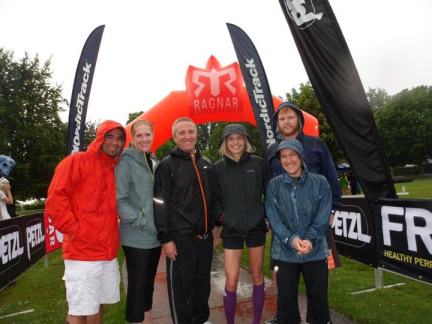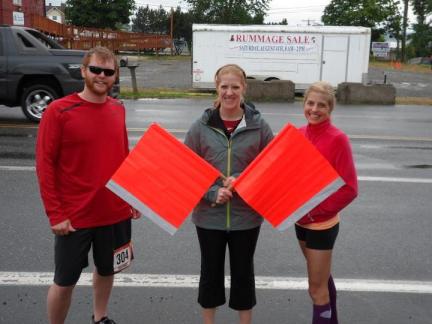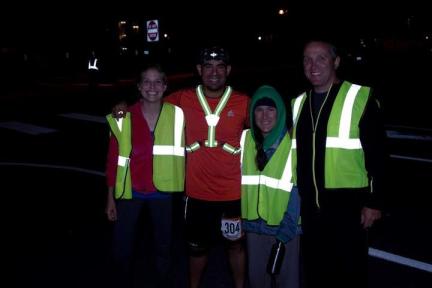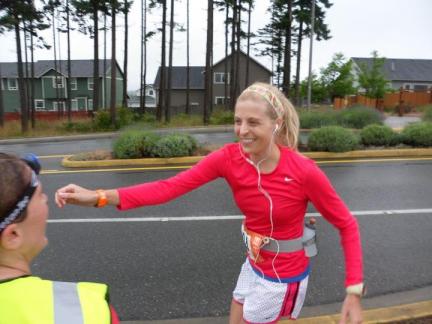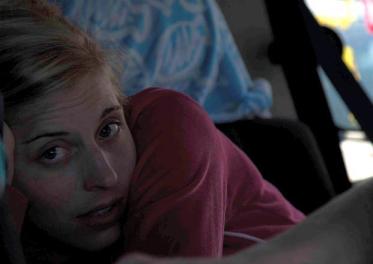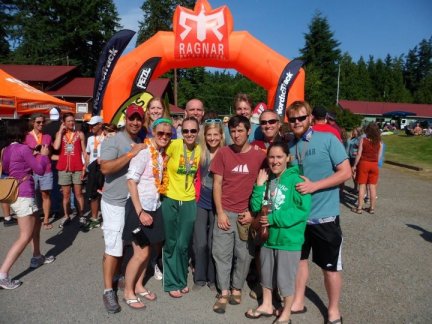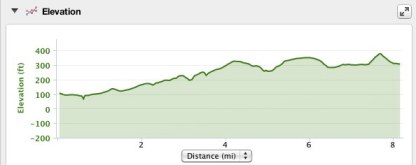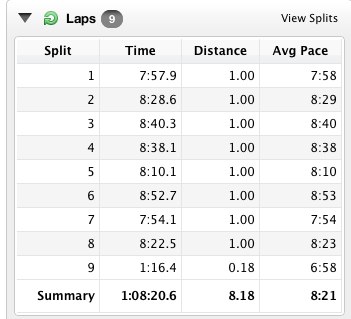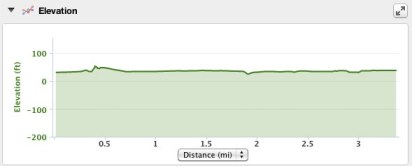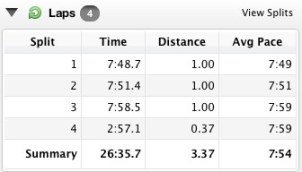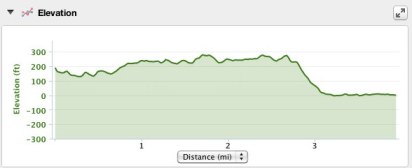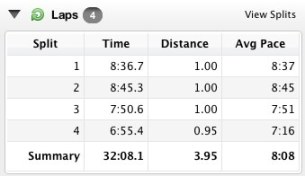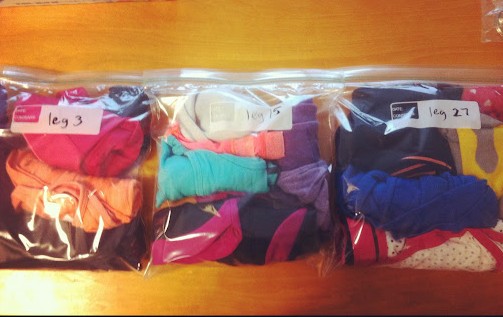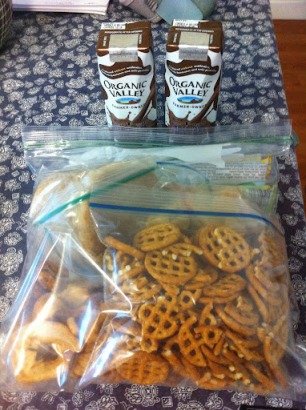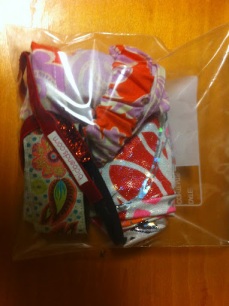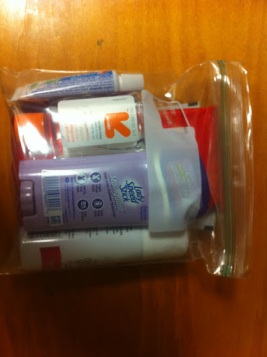Yeah, I’m being honest in the title. Though I “survived” the relay and even had my fair share of rewarding/silly/grateful moments, I don’t think I’ll do another overnight relay in the future. I’ll get to those reasons in a moment, but let’s look at some pictures, shall we?
(Yeah, yeah, it’s been 3 weeks since the race … I’m really stretching out this Ragnar series.)
Proof that I was there …
Here’s van #1 at the start line (in the rain). From left, that’s Juan, Brianne, Karl, me, Jesi and Ajay.
Cheering our runner on & being really conscientious about the safety flags at the same time:
Around midnight on the course:
Jesi passes the slap bracelet to me, and I head out on my last run:
A really lovely moment where I’m missing my bed and hating my sweaty hair:
With the whole team at the finish line:
I’ve come to notice that I’m smiling in most of the Ragnar pics, so you’d think I enjoyed the experience. To be sure, there were enjoyable moments, and it’s a confidence boost to realize I’m capable of running great (for me) times on tired legs, little sleep and questionable meals.
I was also really impressed by my van mates. I didn’t know the people in van #1 very well going into this, but they were super positive, supportive and nice (not even a little grouchy!) the whole time. Observing their attitudes definitely lifted my spirits.
With that being said, here’s why I’ll likely never do another overnight relay:
- It jacked up my knees. If you remember, I stopped running for a few years not too long ago because of an IT band injury. It’s taken quite a few months – and really smart training – to get my knees and hips right again. But by leg 3 of the relay, I could feel scary tightness in my IT band, and since the race, I’ve been dealing with knee pain all over again. (It’s definitely not as severe as before, but it’s there.) I’m not blaming the relay entirely, but I am blaming the lack of recovery time. Even though you’ve got 8 or so hours to rest between legs, it’s not enough time (for me) to be properly recovered. I stretched as much as I could, but we were always hopping back into the van, and I never had enough time to stretch, foam roll or ice. And even though my distances weren’t that long, I ran them hard so I needed that recovery. (To be clear, I think some folks have enough of a running base to do a relay without injury, but I don’t think it’s that smart for recreational runners, now that I’ve experienced it.)
- I like to get sleep. Some people get super energized when they throw off their sleep schedules, like the unexpectedness of it is fun. Anything could happen. Sorry, friends. I’m not one of those people. I’m at my best when I’ve gotten a good night’s rest. And while I’m not opposed to missing sleep for something super wonderful, I have decided not to count an overnight relay in that super wonderful category at this time in my life. A friend’s going-away party? Yes. A midnight swimming session in the lake? Probably. Dancing to my favorite music? Okay. Running after not showering for over 24 hours? Sorry, no.
- There are other ways I like to bond. I feel like I’m going to get flak from runners who love relays, but I’m not really buying the ohmygod-this-is-the-best-way-to-bond-with-people business. Nothing against my van mates, and maybe I would have felt more sentimental about the bonding experience if I’d been good friends with them from the beginning, but I can think of a bunch of other ways we could have gotten to know each other better.
- It’s pricey as hell. Beyond all the other reasons – which I think are disputable in one way or another, or under different circumstances – this one is the real clincher. When I added up all the money I spent on motels (we stayed in one the night before the race and another the night after), vans & gas (split among the team), snacks, meals, beer and registration fee, I could have taken a weekend getaway to the beach for the same cost. And we did the race on a budget. Like, shared beds at the motels and rented minivans instead of the enormous vans and all that. But, even then, costs added up, and I would’ve rather taken a vacation. :)
I don’t mean to sound anti-relay (or maybe I do?), and I am glad that I had the experience, but I think I’ll stick to one-and-done races in the future. Of course, you’ll have to tell me to eat my words if you find me signing up for another relay next year.
Until then, I’ll be icing and foam rolling and attacking IT band recovery like it’s my job …

